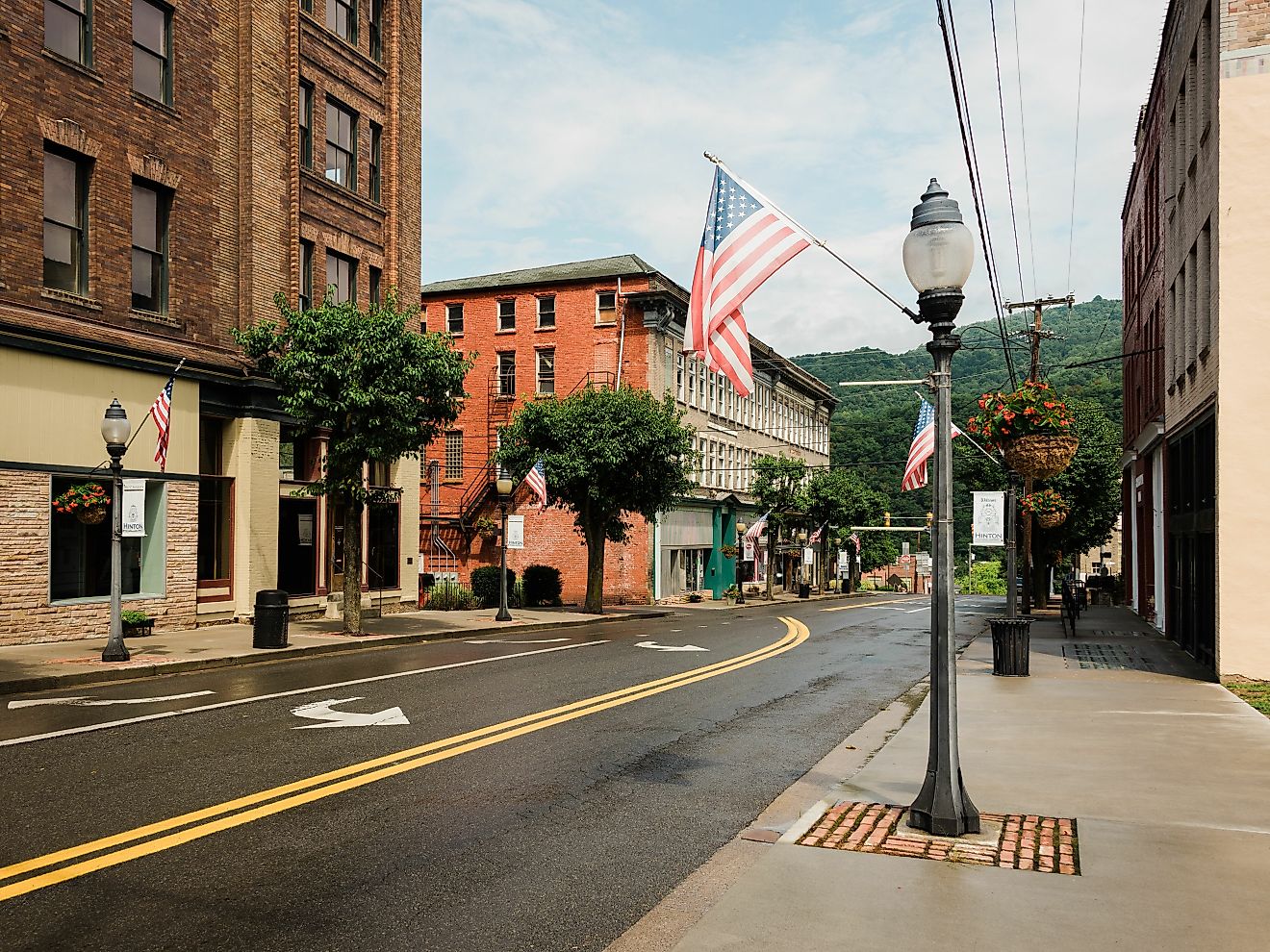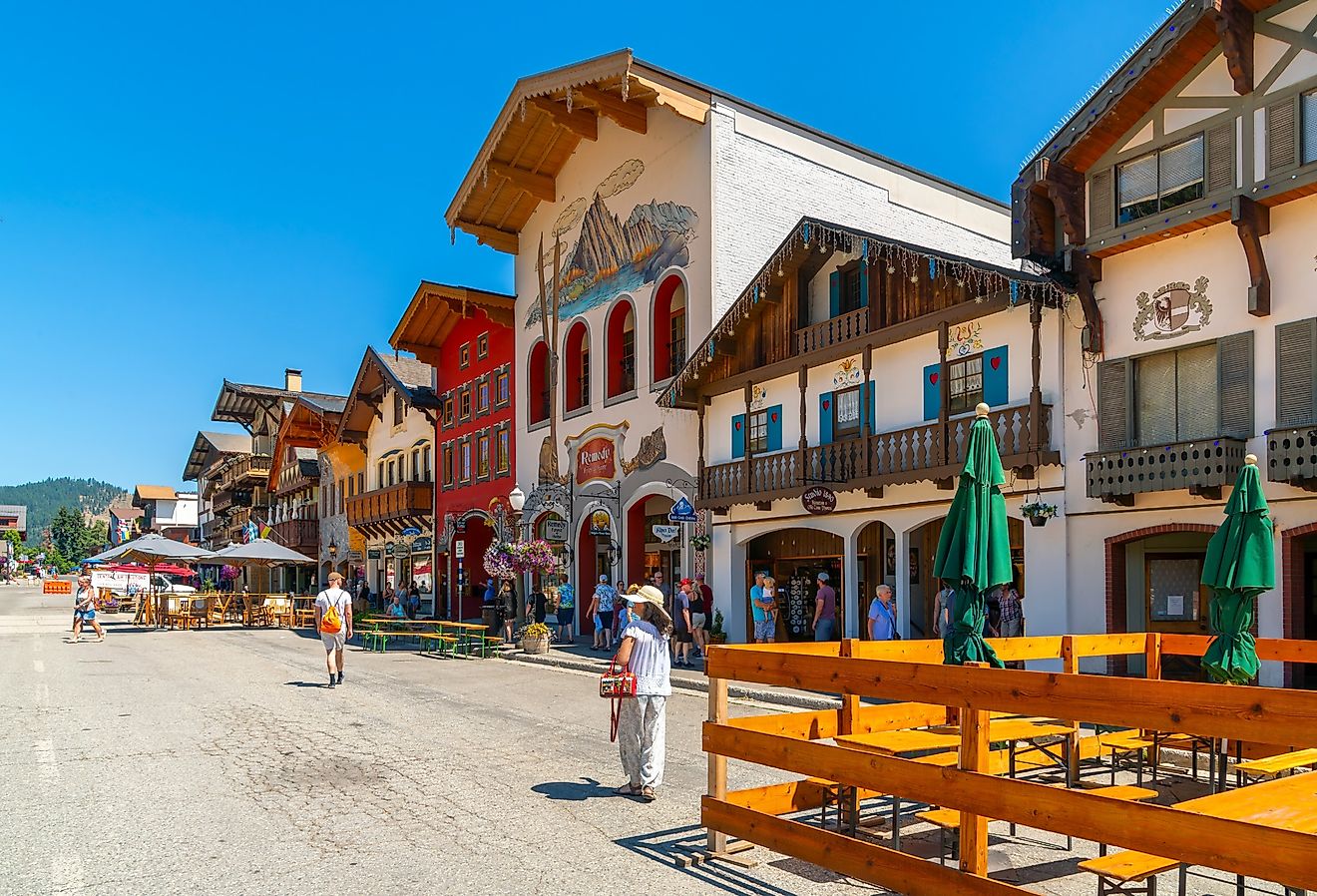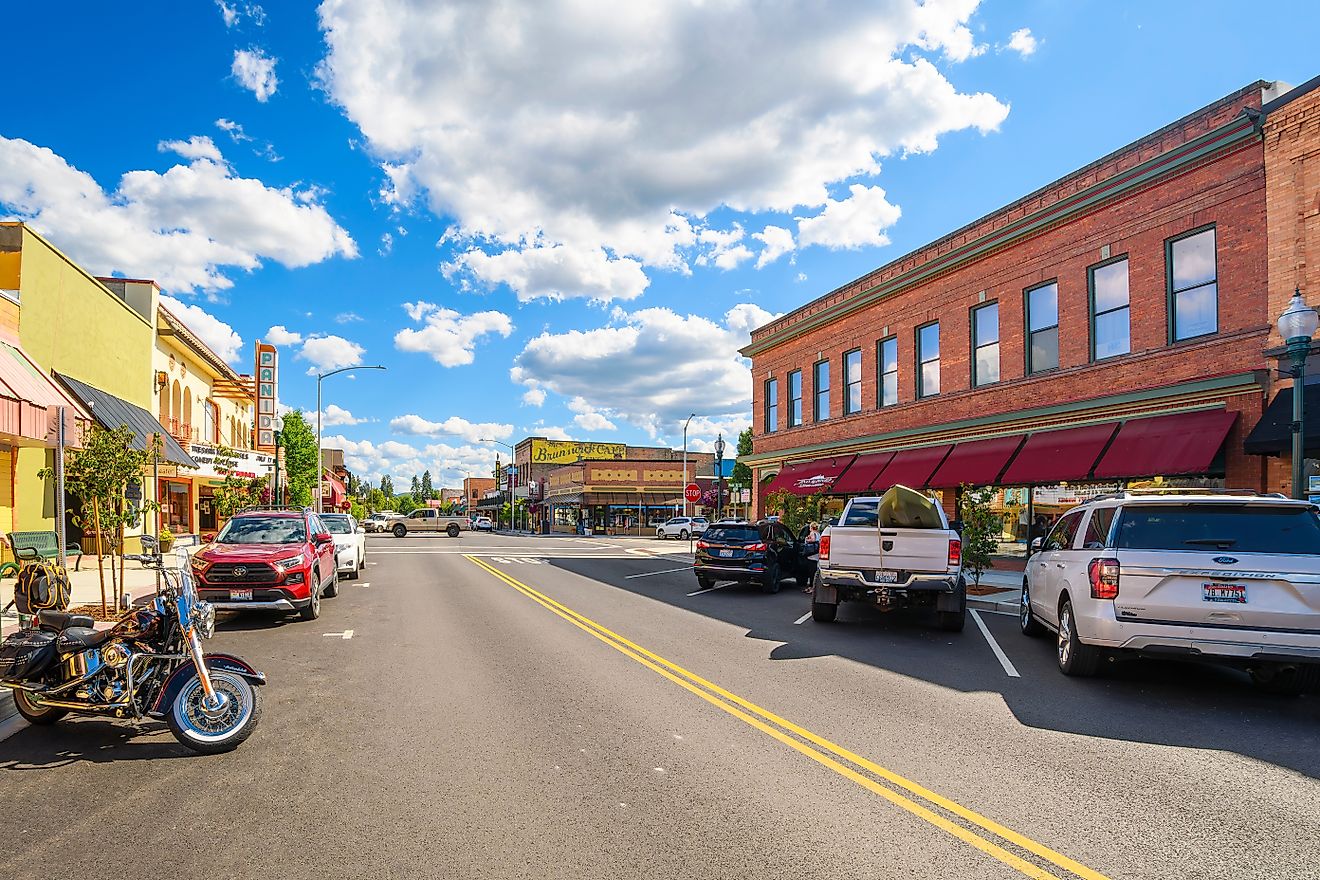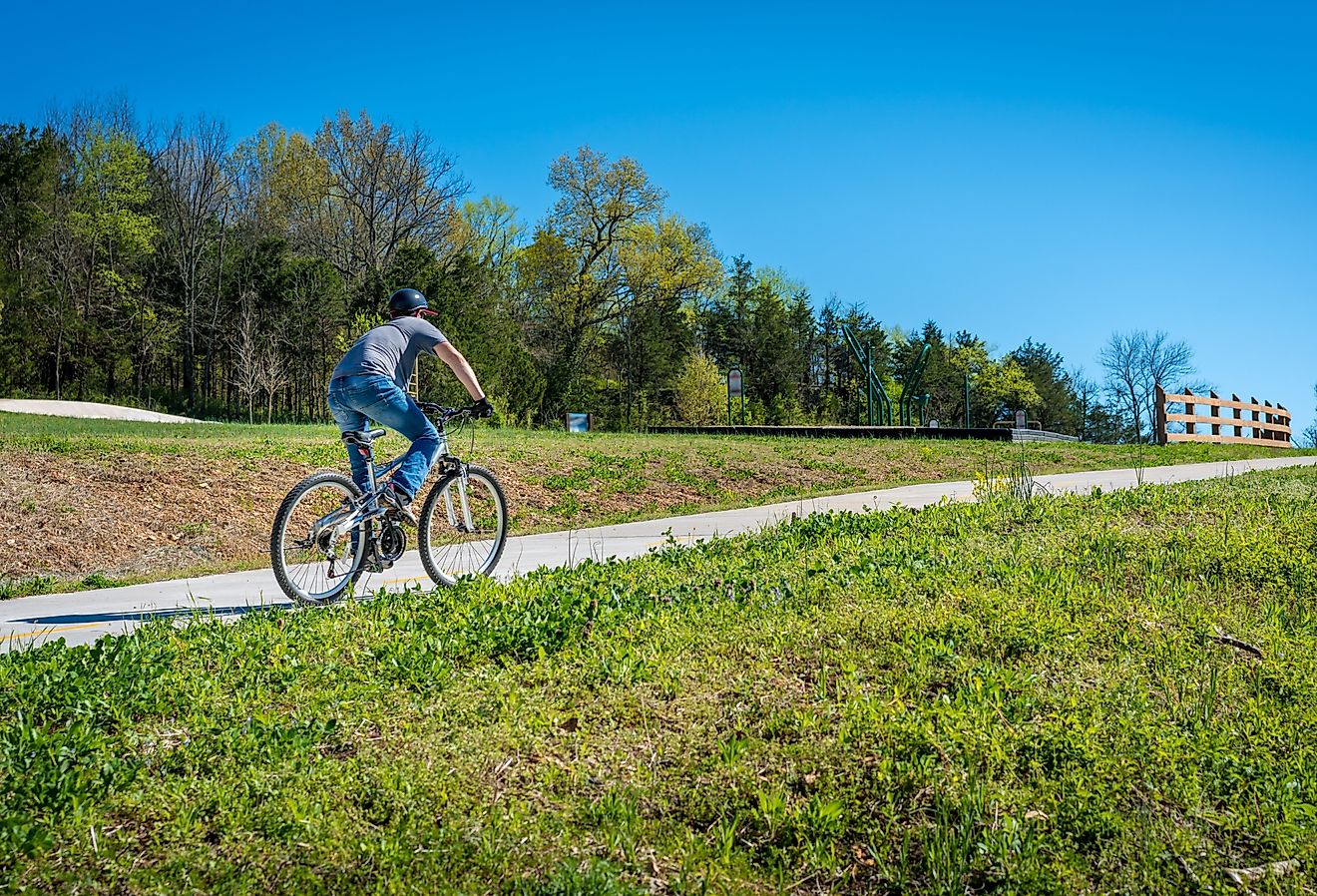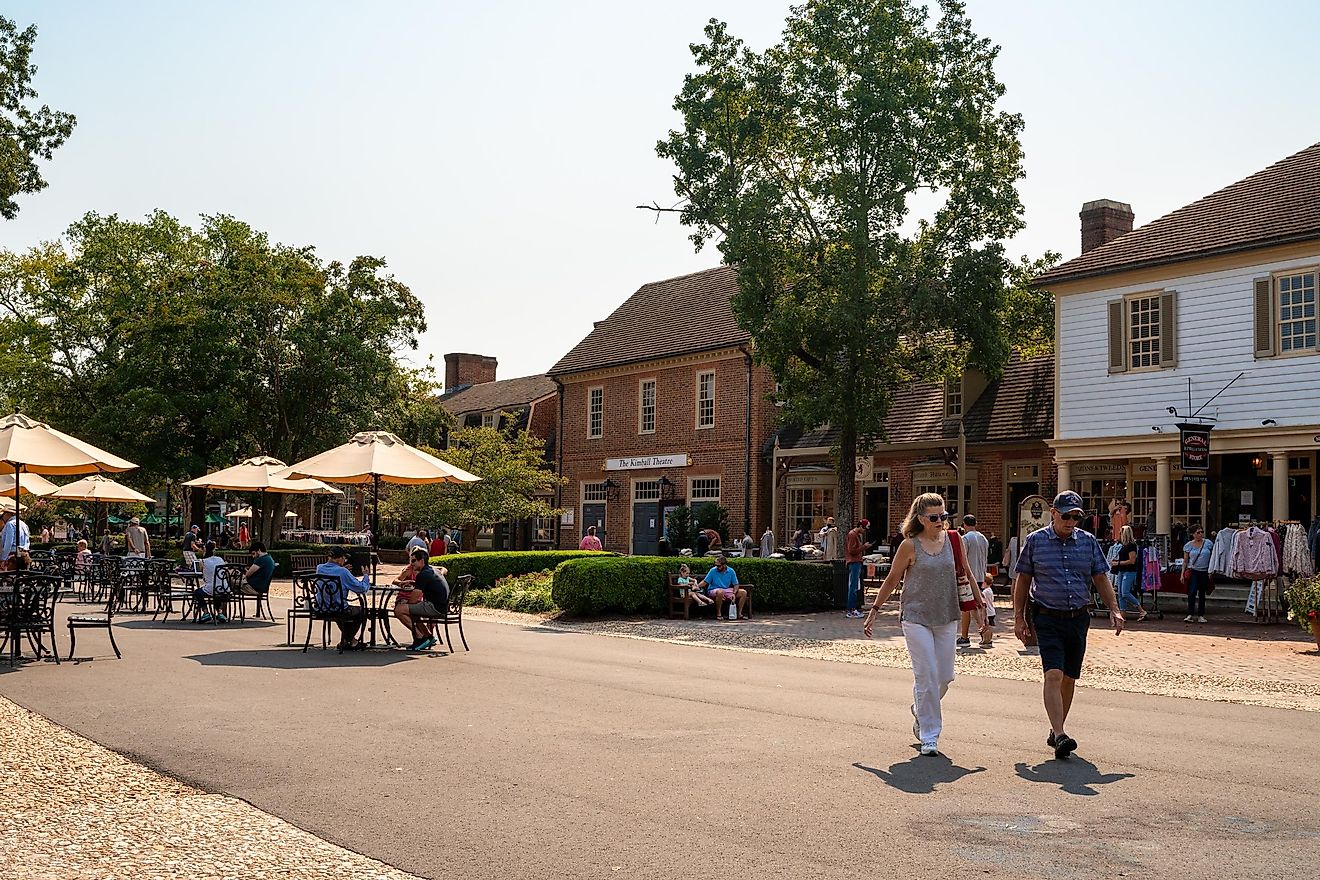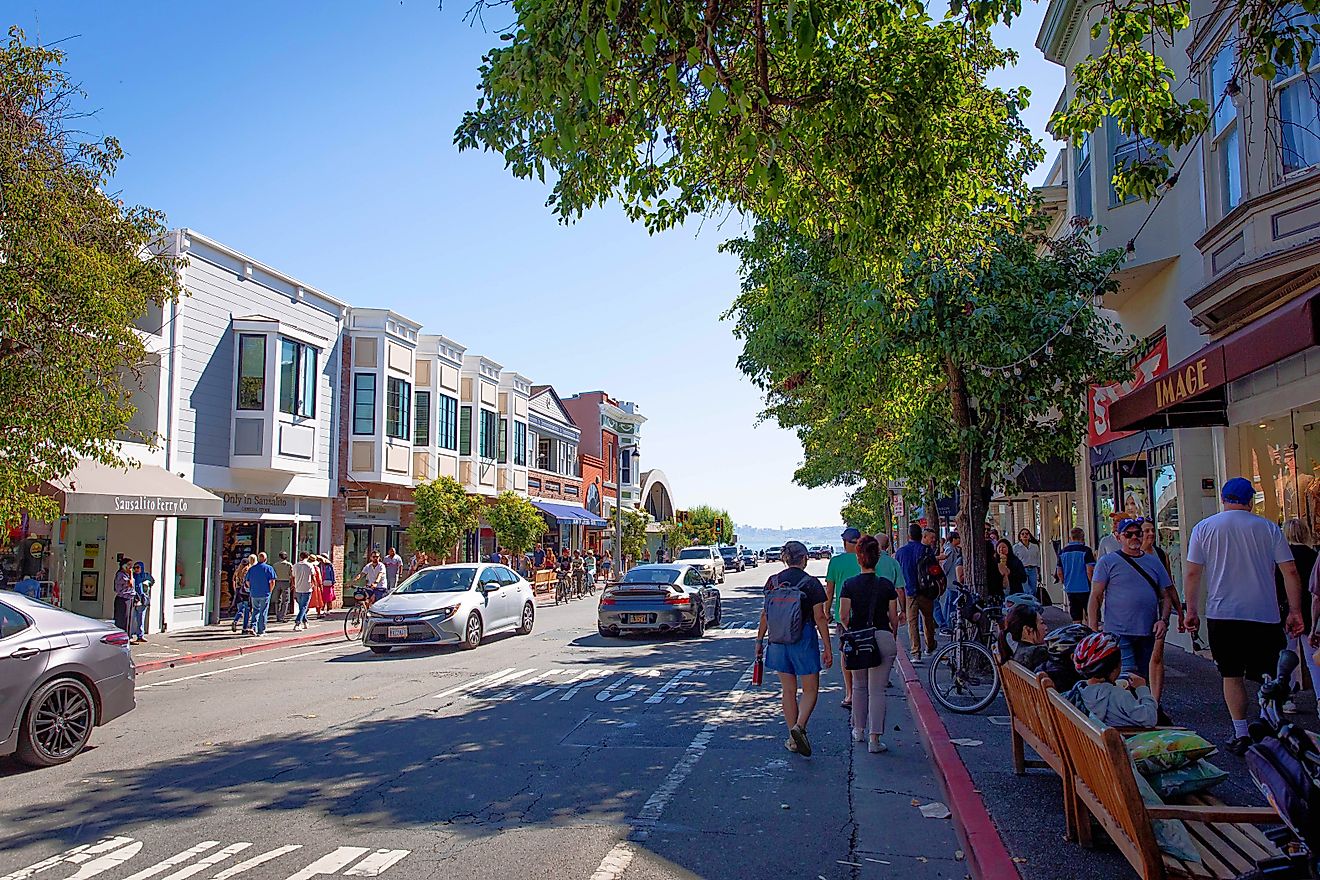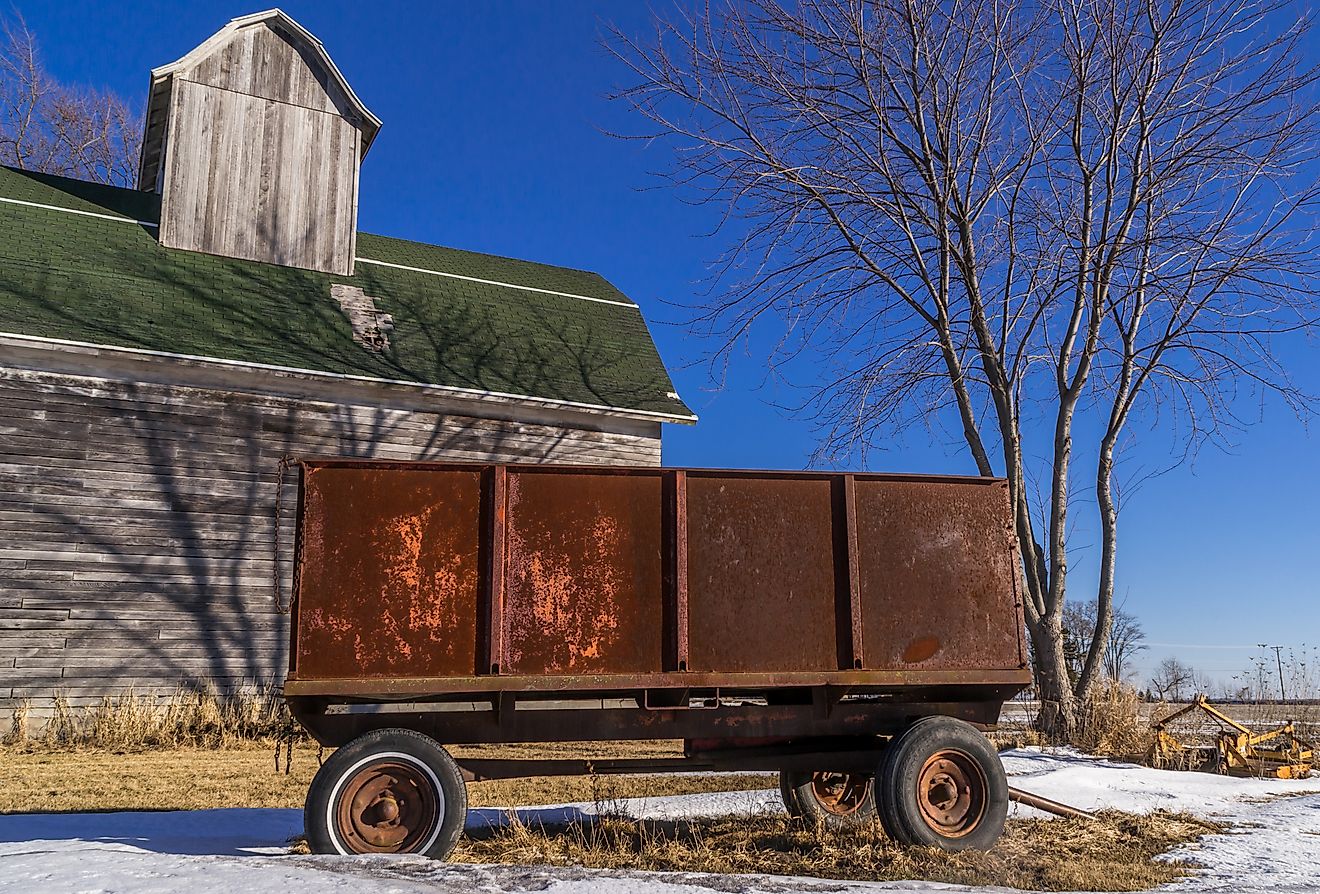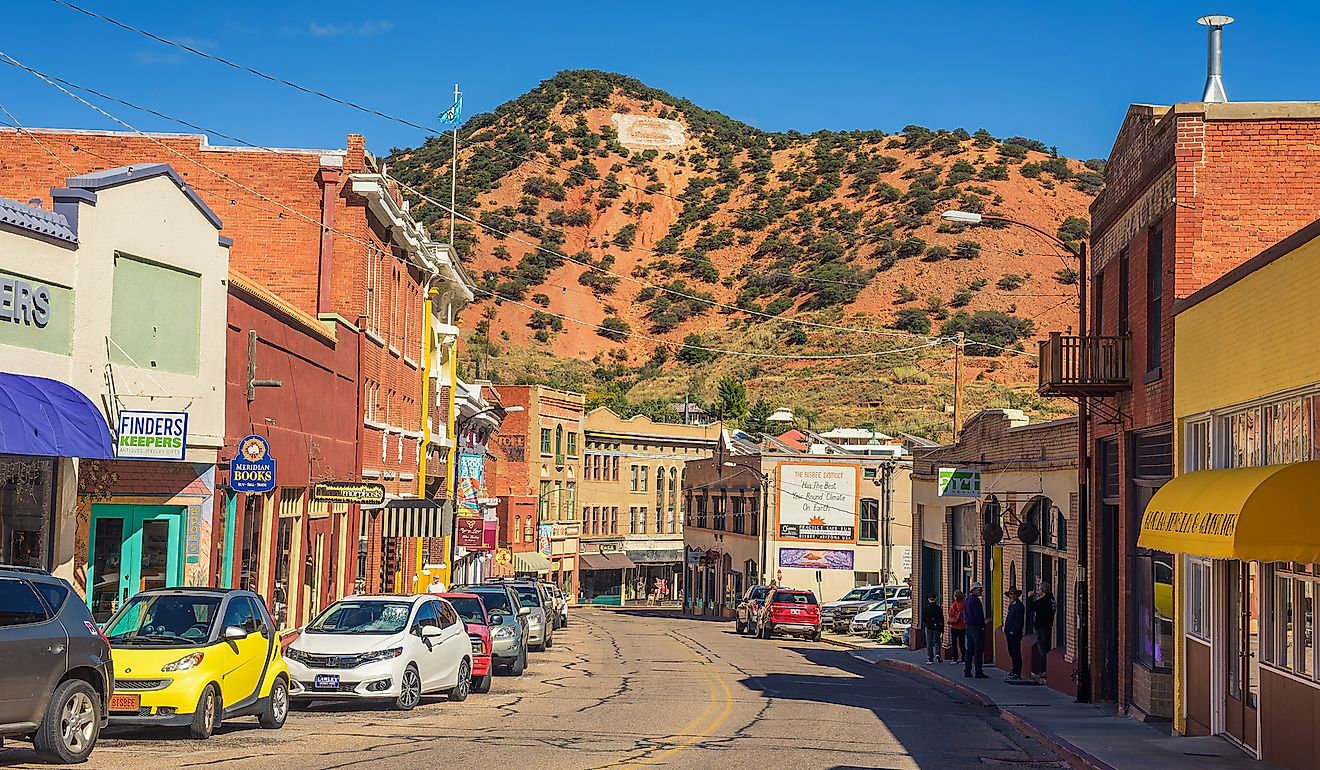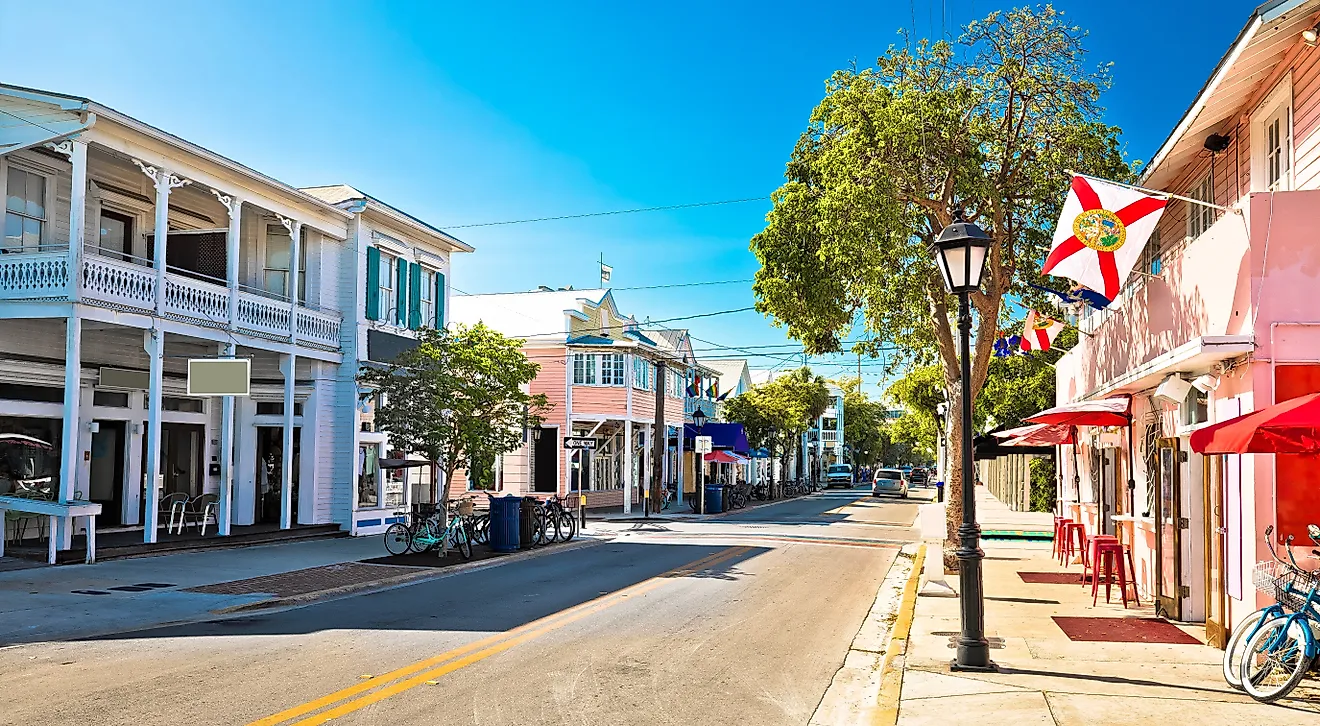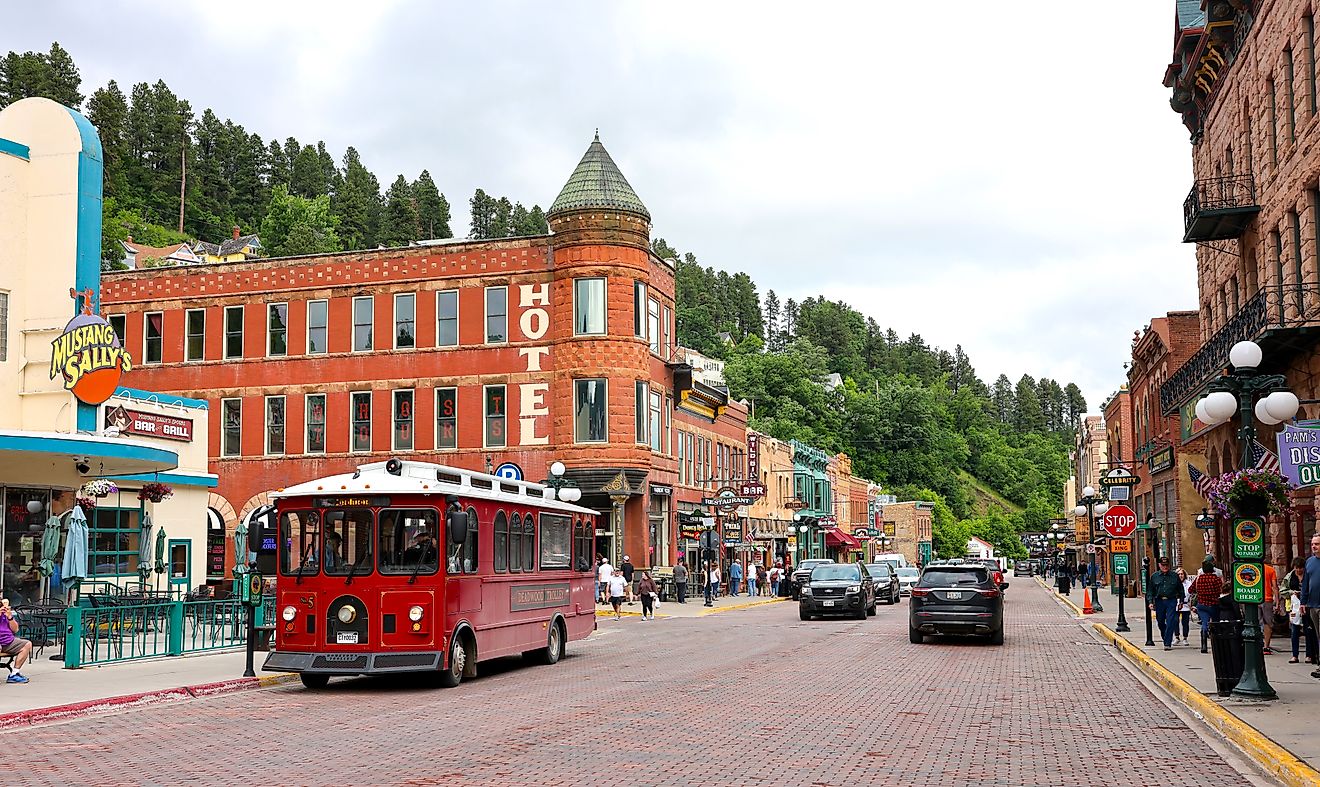
Jasper, Canada
Set some 362 km away southwest from the province's capital city of Edmonton, Jasper is a popular small town natural-getaway destination and a conveniently picturesque pit-stop for those traveling to Lake Louise or Banff. Sitting at the junction of the Miette and Athabasca rivers in Jasper National Park, it has had a specialized municipality status since 2001. The skyline staples include Colin Range, Mount Edith Cavell, and Pyramid Mountain that, along with the town's rich history of early settlers' adventures, railway pioneers, and developers, make Jasper a gem amidst the majestic Rockies.
History Of Jasper

Originally known as Fitzhugh, the community was a North West Company post, established and functioning from 1813 to 1884 as a supply depot for the mountain trade across Athabasca Pass. Upon becoming a Hudson's Bay Company, it acted as a fur trade outpost on the York Factory Express trade route to New Caledonia or the present-day British Columbia and to Fort Vancouver set on the lower Columbia River. The modern Jasper started to take shape in September 1907, with the establishment of the Jasper Park Reserve. The Grand Trunk Pacific and the Great Northern railways were constructed by 1912, with the first tourism beginning three years later.
Upon surveying the town in 1913, H. Matheson renamed the town to Jasper, after the former fur-trading post Jasper House on the Athabasca River, run by Jasper Hawes since 1817. Athabasca and the renowned to this day, Jasper Park Lodge, were the first major hotels, opened in 1921 and 1922, while the consolidation of the rail companies in the 1920s as a railway divisional point and the construction of an all-weather road to Edmonton opened by the end of 1936 spurred Jasper's growth like never before. The scenically famed Icefields Parkway that connected Lake Louise to Jasper opened in 1940.
Geography Of Jasper

The region is known for its magnificent geographic features, particularly the Maligne and Pyramid lakes, the Miette Hotsprings, Mount Edith Cavell, and the Columbia Icefield. Maligne Lake sits some 47 kilometers (30 miles) from Jasper's town site as the largest glacially-fed lake in the Canadian Rockies located within the surroundings of stunning mountain vistas. Other major lakes nearby are Lake Patricia, Lake Annette, Lake Edith, Lac Beauvert, and Medicine Lake, amongst other smaller lakes. The town site's location within the Athabasca River valley at the confluence with Miette River offers views of the Victoria Cross Ranges to the northwest, the Pyramid Mountain to the north, the Maligne Range southeast, and the Indian Ridge southwest.
Infrastructure And Transportation In Jasper

The Yellowhead Highway and the Yellowhead Pass connect Jasper to Prince George in the west and Edmonton to the east, while the Icefields Parkway runs to Banff and Banff National Park. Served by Via Rail with two passenger services, the Canadian, and the Jasper - Prince Rupert, they depart three times per week each, from the Jasper railway station. Jasper Airport is 13.3 km or 8.3 miles north of the town. Jasper also has a Sister City of similar townscape since July 4, 1972, Hakone, in the Kanagawa province of Japan.
The Jasper Skytram that connects to the Whistlers' summit, the Marmot Basin ski resort, and the Fairmont Jasper Park Lodge, are set outside of the town. The Jasper-Yellowhead Museum and Archives and the Jasper Visitor Centre are within Jasper's town site.
The town site of Jasper in the Athabasca River valley is a divisional point on the Canadian National Railway, strategically situated at the junction of the Yellowhead Highway and the Icefields Parkway. Unlike the nearby self-governing Banff within its own Banff National Park, the town of Jasper is administered by the national park authorities. With a consistent population of 5,000-some residents, the community is particular about environmental sustainability. The Jasper National Park hosting abundant wildlife also acts as a natural guard for the Columbia Icefield.
Weather
With a borderline Humid Continental/Subarctic climate, summer comprises the most pleasant and popular season to visit Jasper. Still the summertime temperatures in Jasper National Park can range from being well above 30 degrees Celsius to drastically dropping below freezing at night, due to the mountainous location. Similarly, the dramatic wintertime temperatures can range from just below zero to the extreme -45 degrees Celsius, thus it is recommended to pack accordingly, in any season.
Jasper National Park

Long ago, the Athabasca River Valley was populated by Aboriginal people who hunted in the grasslands in the shadows of the mountains, surrounded by wilderness. Established in the Rocky Mountains as the fifth Canadian national Park, Jasper National Park has been protected since its first days in 1907. 370 km west of Edmonton, it is also a UNESCO Heritage Site for the significance of its mountain landscapes, waterfalls, canyons, and glaciers, including the Columbia Icefield.
Jasper has always welcomed those who wish to venture beyond to the 11,228 square kilometers (4,335 square miles) of the Jasper National Park, Canada's largest Park in the Rocky Mountains. Some of the most common wildlife one may sight at the Park includes grizzly bears, moose, elk, cougars, and mountain goats.
Tourism In Jasper
The busiest season comprises the months from June to mid-September for many outdoor activities on the table, such as exploring the local hiking trails, white water rafting down the Athabasca River, and embarking on wildlife viewing adventures. The second popular winter season brings skiing and snowboarding in the Rockies, taking an ice walk through the Maligne Canyon, and the quintessential dogsledding tours. The slower and cheaper season to visit is from mid-September to mid-October. The quaint town itself serves as a home base with a wide range of accommodations, in-town amenities, and restaurants to fill one's days in between the adventures in the great outdoors of the Jasper National Park, such as the ones below.
Attractions In Jasper

Canada's highest and longest guided aerial tramway, the Jasper SkyTram, offers a 7-minute journey with the national Park's best views. There is a local guide for questions and notable things to see, while the desired destination of the Upper Station at an elevation of 2,263 comes complete with the Summit Restaurant and the views as far as Mt. Robson in the neighboring British Columbia on a clear day.
A tour of the Columbia Icefield comprises adventures within an adventure for a definitive bucket-list item. Experiencing the magnificent Icefield Highway in the flesh over a drive with the vistas of mountains, glaciers, wildlife, and the Athabasca Falls Class 5 waterfall along the way is an experience in itself.
The rugged Ice Explorer takes one to the Athabasca Glacier at the Columbia Icefield, where one can disembark and explore the glacier by foot. For an additional thrill, the one-kilometer-long walkway, Skywalk, leads one to an entirely-glass platform with 360 degrees around and below, amazing views. The tour only runs from spring to fall, but with the cold and icy environment of the glacier, one must dress warmly and in sturdy footwear.

When on Maligne Lake, one can join an hour and a half-long guided boat tour to learn about the area's history, geology, flora, and fauna. The views from the waters of Maligne Lake's south end of the Spirit Island, framed by impressive peaks and glaciers in a breathtaking and iconic manner, make it the most photographed place in the Canadian Rockies. Although it is the cruise's ultimate destination, it is impossible to actually "land" on it to preserve the island's nature.
Another 6-hour tour includes Maligne Lake, Medicine Lake, and Maligne Canyon, enabling one to see all the beauties in the region complete with a knowledgeable guide and choose between a boat ride to Spirit Island or a guided hike at the end. Lastly, the Miette Hot Springs is the hottest hot springs in the Canadian Rockies that come with waters ranging between 37 and 40ºC, pure relaxation, panoramic views, and the scenic drive to and from through the wild Fiddle valley.
Activities In Jasper

The many rivers and other waterholes within the Jasper National Park offer endless kayaking, rafting, canoeing, and paddle-boarding adventures during the summer season. Lake Beauvert is popular for a serene canoe or SUP ride, while the rivers offer adrenaline-pumping whitewater rafting opportunities.
One of the best ways to explore the region's natural beauties is through the ample amount of amazing hiking trails in every direction from Jasper. One can experience beautiful valleys, magnificent lakes, and pristine mountain scenery in a matter of a few healthy-for-the-heart days. There are short and long-distance trails to accommodate all levels of hiking experience, but with frequent weather changes in the Park, it is advisable to be prepared for anything from strong winds to snow, rain, or even hail.
During the winter season, the one ski hill in Jasper, Marmot Basin, comprises an extremely popular and developed ski resort with 3,000 vertical feet of first-grade powder over an area of 1,720 acres of varied terrain. Only 20 minutes from the town, it is favored by skiers and snowboarders for the relaxed and friendly atmosphere being less crowded than Banff and the variety of terrain framed by the beautiful Rocky Mountains.
The town is a hub of the Jasper National Park with a World Heritage Site status and plays a significant role in the region's modern transportation and tourist community. Over 2 million people pass through this major skiing and summer recreation destination of Western Alberta on an annual basis.
